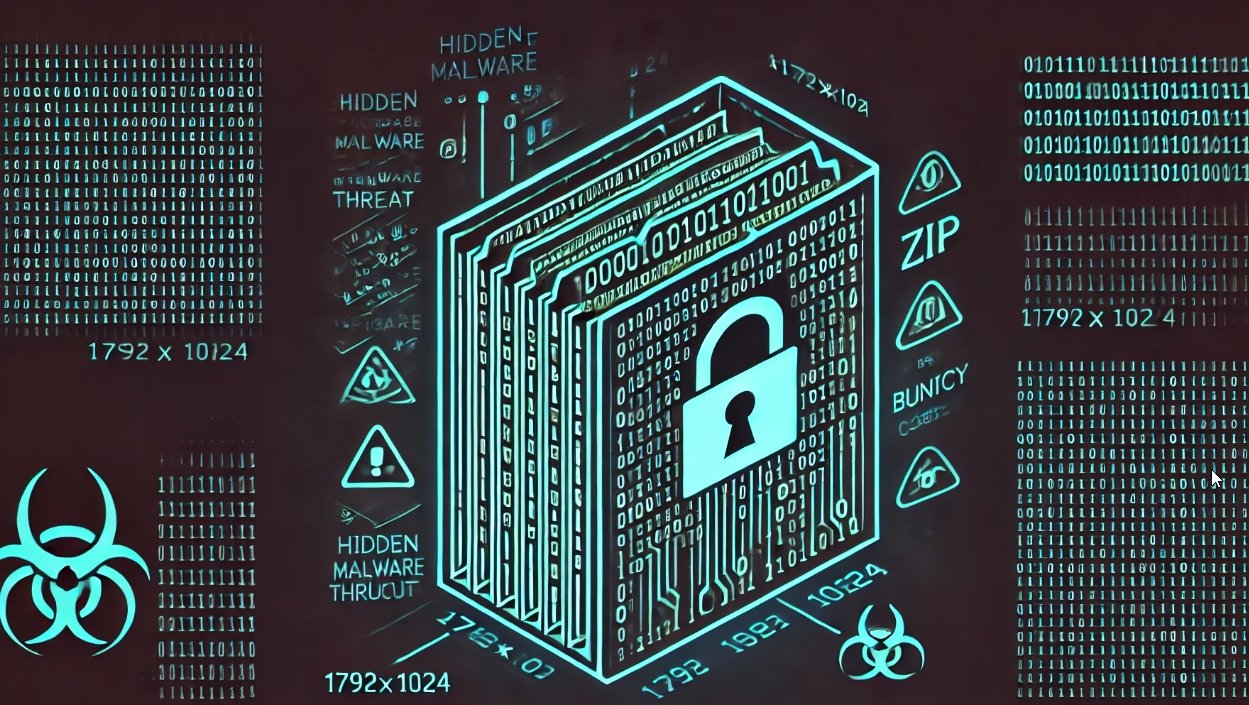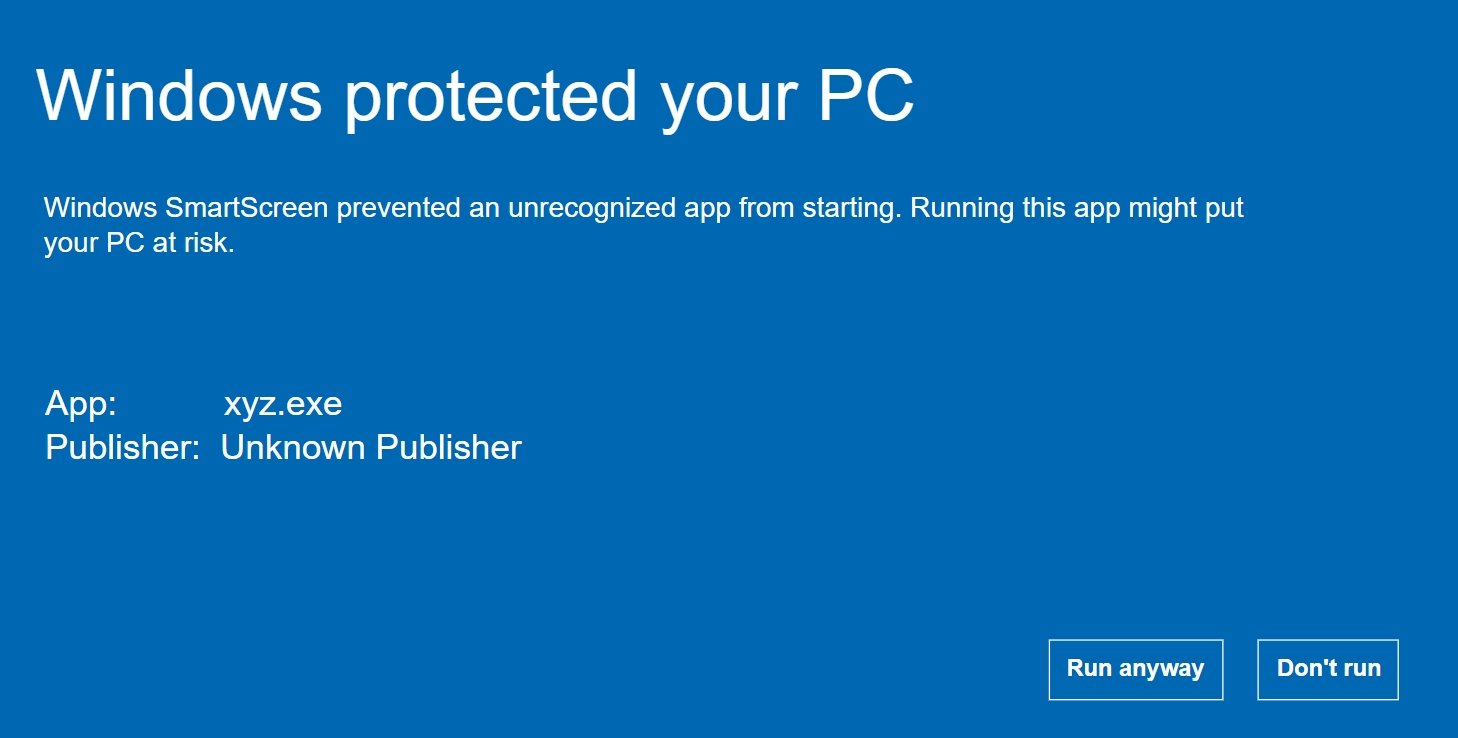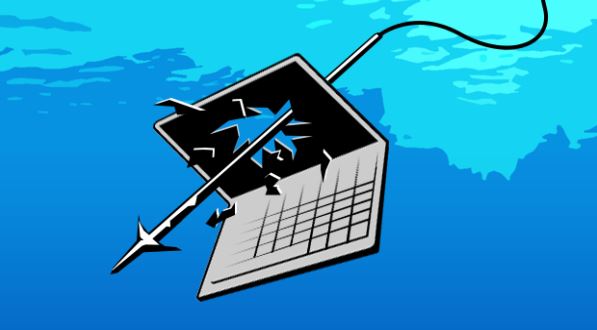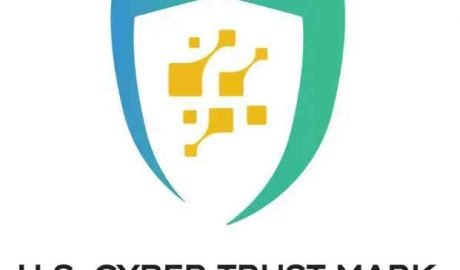Palo Alto Networks has released a critical security patch to address a recently identified vulnerability in its PAN-OS operating system, widely used in its firewall and network security appliances. The vulnerability, identified as CVE-2024-3393, has been assigned a CVSS score of 8.7, signifying a high-severity flaw. This issue could enable an unauthenticated attacker to launch denial-of-service (DoS) attacks, potentially disrupting business-critical operations for organizations relying on Palo Alto firewalls for network protection.

The flaw stems from a weakness in how PAN-OS processes specific types of network traffic, making it susceptible to attacks that could lead to service disruptions. This vulnerability highlights the importance of proactive vulnerability management and timely patching for organizations in the modern threat landscape.
Details of CVE-2024-3393
- Vulnerability Type: Denial-of-Service (DoS).
- Affected Product: PAN-OS (core operating system for Palo Alto Networks appliances).
- Exploitation Prerequisite: No authentication required, making it exploitable remotely.
- Severity Level: Critical (CVSS 8.7).
- Potential Impact:
- Crash or service failure of affected devices.
- Loss of functionality for critical network firewalls.
- Potential disruption of key services and business operations.
This vulnerability can have a widespread impact, particularly for enterprises relying on PAN-OS appliances for maintaining secure and resilient network environments.
Who Is at Risk?
Organizations running unpatched versions of PAN-OS are at immediate risk. Palo Alto Networks has published a detailed list of affected versions, urging administrators to cross-check their systems and implement the patches as soon as possible.
The vulnerability has been assessed to impact any deployment where PAN-OS is utilized, particularly in environments exposed to external or untrusted network traffic. These include:
- Enterprises utilizing Palo Alto firewalls for perimeter defense.
- Cloud-based architectures relying on PAN-OS for virtualized network security.
- Data centers where high availability of firewalls is critical.
Recommended Actions for Security Teams
Palo Alto Networks has responded swiftly to the discovery of CVE-2024-3393 by providing patches. To secure infrastructure and minimize risk, security teams are advised to follow these steps:
- Apply Patches Immediately:
- Download and install the latest PAN-OS updates released by Palo Alto Networks to mitigate the vulnerability completely.
- Ensure all appliances, including backups and secondary systems, are updated.
- Implement Temporary Mitigations:
- For organizations unable to patch immediately, Palo Alto Networks recommends applying mitigation strategies such as restricting access to the management interface and configuring advanced traffic rules to detect anomalous behavior.
- Leverage Palo Alto’s Threat Prevention services to monitor for attempts to exploit this vulnerability.
- Enhance Network Monitoring:
- Deploy network detection and response (NDR) solutions to identify suspicious patterns associated with DoS attacks.
- Regularly review logs for abnormal traffic spikes or unusual activity targeting PAN-OS systems.
- Assess Business Continuity Plans:
- Ensure failover mechanisms and redundancy are in place to maintain network connectivity in case of service disruption.
- Validate that response teams are prepared to address potential incidents involving firewall crashes.
Potential Consequences of Exploitation
If left unpatched, CVE-2024-3393 could allow attackers to initiate denial-of-service attacks that render Palo Alto firewalls inoperative. This could result in:
- Widespread network outages.
- Loss of access to critical enterprise resources.
- Increased vulnerability to secondary attacks due to weakened perimeter defenses.
For organizations that depend on uninterrupted network operations, such as financial institutions, healthcare providers, and cloud service providers, the potential business impact could be significant. The associated downtime could result in lost revenue, reputational damage, and heightened compliance risks.
The Broader Implications for Cybersecurity
The discovery of CVE-2024-3393 highlights several critical lessons for the cybersecurity community:
- Proactive Patch Management: In today’s rapidly evolving threat landscape, delays in applying patches can create exploitable gaps in security. Organizations must establish processes for immediate response to high-severity vulnerabilities.
- Network Resilience: This incident underscores the importance of designing networks with resiliency in mind, including failover capabilities and segmentation to limit the impact of potential disruptions.
- Threat Intelligence Integration: By utilizing advanced threat intelligence services, organizations can stay ahead of attackers by preemptively identifying and mitigating vulnerabilities.
Future Considerations
- Automating Patch Deployment:
- Organizations should consider adopting automated patch management tools to streamline the deployment of critical updates across their network infrastructure.
- Zero-Trust Architectures:
- Implement zero-trust principles to minimize the impact of potential breaches by limiting the ability of attackers to move laterally within the network.
- Security Audits:
- Perform routine vulnerability assessments on critical infrastructure to ensure that exploitable weaknesses are identified and addressed proactively.
Palo Alto Networks has demonstrated a proactive approach to addressing CVE-2024-3393 by releasing patches and mitigation guidance. However, the responsibility lies with organizations to ensure timely implementation. With the increasing sophistication of cyber threats, unpatched vulnerabilities like this can become a gateway for disruptive attacks that undermine operational integrity.
By maintaining robust security postures and adopting best practices such as proactive monitoring, patch management, and network segmentation, organizations can fortify themselves against threats like CVE-2024-3393. As always, collaboration within the cybersecurity community remains essential to addressing vulnerabilities swiftly and effectively.

Information security specialist, currently working as risk infrastructure specialist & investigator.
15 years of experience in risk and control process, security audit support, business continuity design and support, workgroup management and information security standards.











